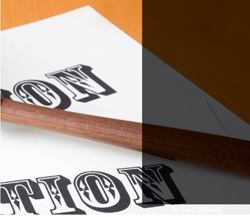“We had no debt on the property and no lender pressure,” Gumbiner says. “[The auction] was purely a means to reintroduce the property, create some excitement for it, and offer a chance to jump start closing out the project.”
Gruendl, too, looked at auctions as both a marketing tool and a way to set accurate prices for the units. “There was no pressure,” he says. “We [had] standing inventory. Rather than write interest checks, we wanted to move units. I’m going to throw away some margin, but I’m going to book sales, pay off debt, and put some money in our pocket.”
If developers don’t move early, they can continue to sell into a stagnant market. Or they could rent their units. Gumbiner pursued that route at his La Terraza property in Phoenix.
“Given the location and quality, we think our best interests are served as a rental,” Gumbiner says. “In Phoenix, an auction symbolizes deep distress and the need to liquidate on a forced basis.”
As such, converting to a rental was the wiser choice. If a developer thinks the condo market will come back in the near future—or they can tap into a solid revenue stream by renting—they won’t plan an auction.
STAGE 3 Set a game plan, and stick to it.
Once you’ve committed to an auction—whether with your lender’s gentle nudge or as a marketing tactic—the process is critical. First, you must decide on a timeline.
If he had waited longer to auction his units, Gumbiner doesn’t think he would have been as successful. “We didn’t want to be the fifth, sixth, or seventh guy because the market has limited depth, especially at the price points we were targeting,” he says. “We took a long hard look and tried to get out as quickly as we could relative to any other project in our immediate vicinity inside the beltway for the first time home buyer.”
Then there’s picking an auction partner. Gruendl interviewed a number of auction firms. He says their approaches varied—some gave professional presentations, while one national firm took no time to study his market and came in with numbers written on a yellow, 8-1/2-by-11-inch piece of paper. (For more information on five reputable auction houses, see “On the Block” on page 52.)
“We selected the auction company that did their homework and understood the market,” Gruendl says. “They tried to understand the market better than we did. Everything in their world becomes [about] driving traffic and pre-registration.”
